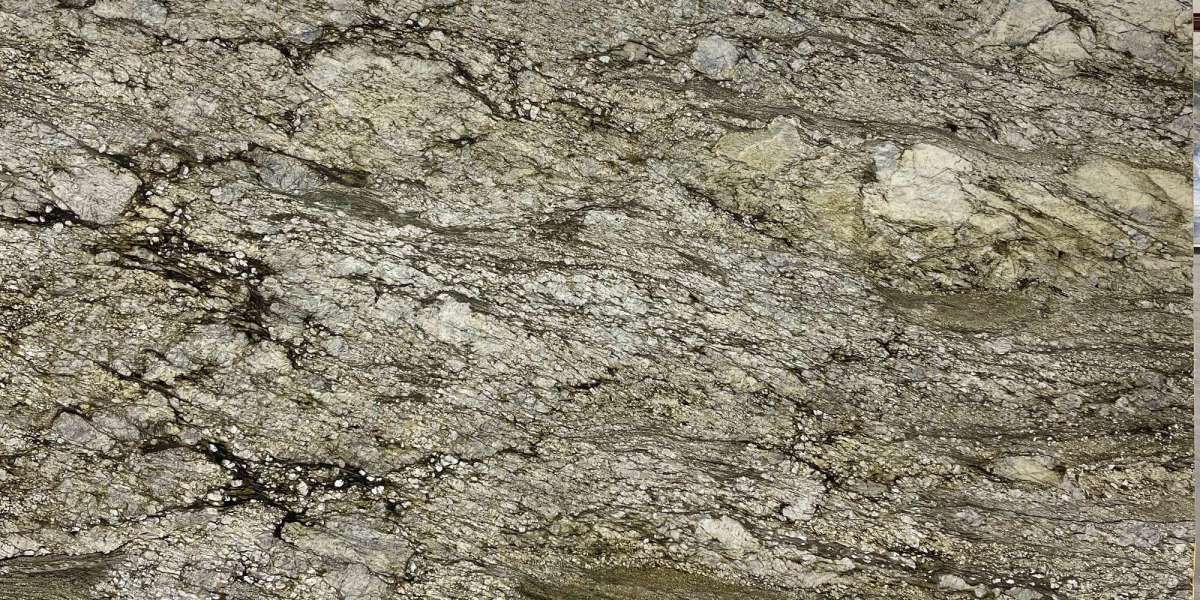Wildlife conservation monitoring plays a crucial role in assessing the status of species and habitats, identifying threats, and informing conservation strategies and management decisions. Audio-visual systems offer innovative tools for monitoring wildlife populations, behaviors, and habitats, enabling researchers and conservationists to track changes in biodiversity and ecosystems over time.
Background and Context:
Wildlife conservation monitoring aims to collect data on species distribution, abundance, and habitat use to inform conservation actions and policy decisions. Traditional monitoring methods, such as field surveys, camera trapping, and radio telemetry, provide valuable information but are often limited in spatial coverage and temporal resolution. Audio-visual systems complement these methods by providing continuous, real-time monitoring capabilities and capturing visual and acoustic data from remote or inaccessible areas.
Applications and Case Studies:
Audio-visual systems are utilized in various aspects of wildlife conservation monitoring, including species detection, behavior analysis, and habitat assessment. Camera traps equipped with motion sensors and infrared cameras capture images and videos of wildlife activity, providing insights into species presence, abundance, and activity patterns. Acoustic recorders and bioacoustic monitoring devices capture sounds emitted by animals, such as vocalizations, mating calls, and territorial displays, enabling researchers to study species behavior, communication, and habitat use.
Case studies demonstrate the effectiveness of audio-visual systems in wildlife conservation monitoring. For example, in large-scale biodiversity surveys, camera trap networks deployed in forests, savannas, and wetlands provide researchers with data on species richness, community composition, and population trends, informing conservation priorities and management strategies. Similarly, in marine environments, underwater acoustic monitoring devices detect and classify sounds produced by marine mammals, such as whales and dolphins, enabling researchers to assess population trends, distribution patterns, and anthropogenic impacts.
Technological Aspects:
Advancements in audio-visual technology have revolutionized wildlife conservation monitoring efforts, enabling more accurate, efficient, and cost-effective data collection and analysis. High-resolution cameras, thermal imaging sensors, and multispectral cameras capture detailed images and videos of wildlife, even in low-light conditions or dense vegetation. Acoustic recorders and bioacoustic monitoring devices equipped with machine learning algorithms and species recognition software automate the detection and classification of animal sounds, enabling researchers to process large volumes of data and extract meaningful insights about species behavior and ecology.
Challenges and Limitations:
Despite their potential benefits, audio-visual systems in wildlife conservation monitoring face several challenges and limitations. Limited funding, technical expertise, and infrastructure may hinder the deployment and maintenance of monitoring networks in remote or under-resourced areas. Moreover, concerns about data privacy, security, and ethical use of monitoring technologies raise questions about the collection, storage, and sharing of sensitive information about wildlife populations and habitats. Additionally, interoperability issues among different monitoring platforms and data formats may impede data sharing and collaboration among researchers and conservation organizations.
Future Directions and Opportunities:
Looking ahead, there are opportunities to further leverage audio-visual systems in wildlife conservation monitoring and address existing challenges. Integration of satellite imagery, unmanned aerial vehicles (UAVs), and remote sensing technologies can enhance spatial coverage and resolution of monitoring efforts, enabling researchers to track changes in habitat condition and landscape connectivity over large geographic scales. Moreover, investment in capacity-building initiatives, training programs, and citizen science projects can empower local communities and stakeholders to participate in wildlife monitoring and conservation efforts, fostering a sense of ownership and stewardship over natural resources.
Conclusion:
In conclusion, audio-visual systems play a crucial role in wildlife conservation monitoring by providing innovative tools for tracking species populations, behaviors, and habitats. By harnessing the power of technology and data, we can improve our understanding of biodiversity, assess the effectiveness of conservation interventions, and inform policy decisions to protect and restore ecosystems for future generations. Continued collaboration, innovation, and investment are essential for realizing the full potential of audio-visual systems in wildlife conservation monitoring and safeguarding the planet's rich biodiversity and ecological heritage.
Read Related Here:- https://buymeacoffee.com/harrisallex/exploring-wearable-technology-audio-visual-installations






